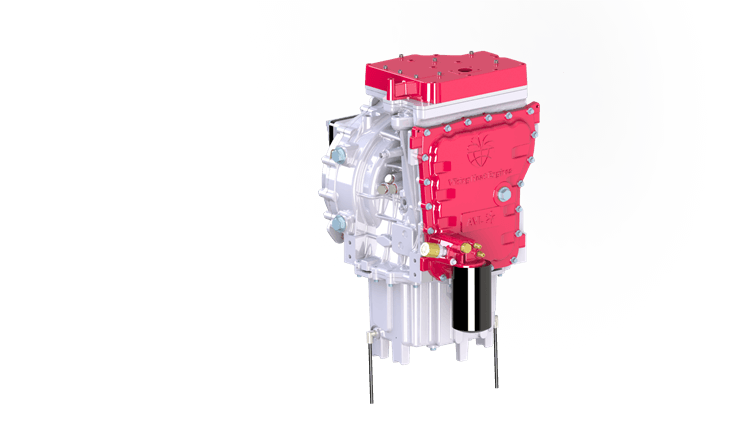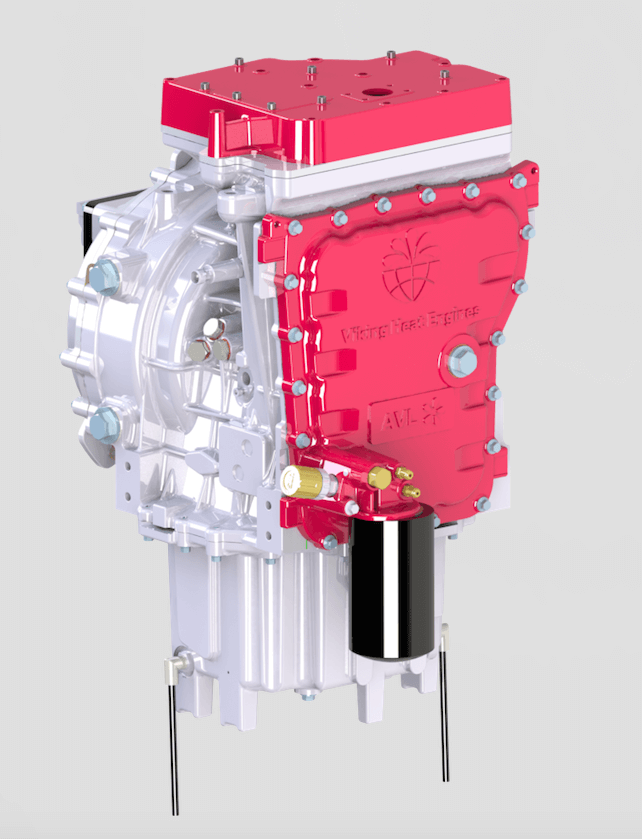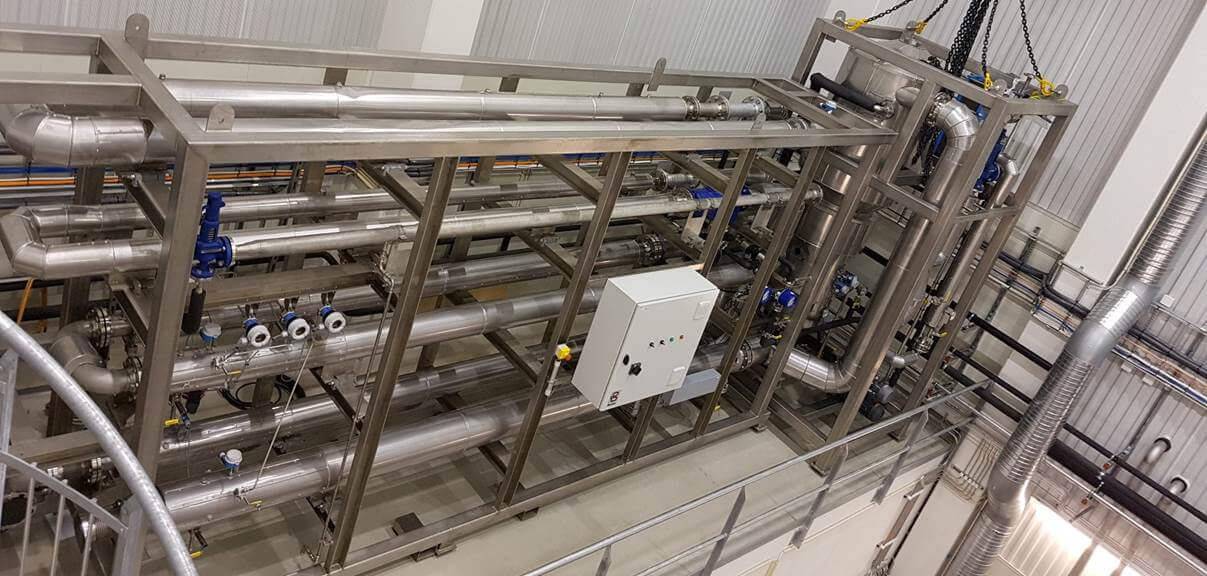
The DryFiciency project started in September 2016 with a consortium kickoff event in Vienna and is scheduled to run 48 months till August 2020. The main tasks performed and results achieved within the first 18 months are described below, on plant, unit and component level.
Plant level
Parameters for the selected drying processes, which are kibble drying for MARS Pet feed production, starch drying for Agrana´s starch product portfolio and brick drying for Wienerberger´s brick production, were determined. Five key performance indicators (KPIs) allowing a comparable evaluation of the three heat pump solutions in the demonstration phase were developed. They comprise of:
At all three demo-sites, preparatory work required for integrating the heat pump solutions in early 2019 has started. The tasks performed include amongst others the evaluation of space and infrastructure, the development of integration schemes and the elaboration and alignment of operational schedules. In addition, the first components required for the integration of the heat pumps such as e.g. heat exchangers were designed, dimensioned and ordered.
Component and Unit Level
For the two closed-loop heat pumps, various novel lubricants and a concept of an adapted screw compressor to be used up to 160°C were developed. The concept of an advanced piston compressor was brought into the project in late 2017 by Viking Heat Engines. Detailed studies were carried out to test the compatibility of the innovative refrigerant selected, the novel lubricants developed and crucial parts of the compressors, with a special focus on the screw compressor technology, when used at higher temperatures. A twin cycle water-to-water heat pump was identified as the most suitable heat pump cycle configuration in terms of efficiency and operability for both closed loop demonstrators. The screw compressor proved to be the best choice for the starch drying process, whereas the piston compressor will be used in the brick drying process. The consortium also prepared a public tender for the manufacturing of the two heat pumps due to commence in September 2018.
 Viking Heat Engines Compressor
Viking Heat Engines Compressor
For the open loop heat pump, an electric and oil-free turbo compressor was developed, which allows for temperature lifts of up to 50K in a two-stage vapor compression cycle. The unit is designed in a compact and cost-efficient way, where also the motor is included. The open loop heat pump was designed, dimensioned and constructed in the research lab of SINTEF Energy Research with a special focus on the real operating conditions at the demonstration plant. Finally, it was tested successfully with steam turbo compressors up to 130°C.
 Heat pump at SINTEF
Heat pump at SINTEF
To facilitate wide-spread post-project uptake, various communication tools were developed and stakeholder relations were successfully started. The project was presented at eleven relevant conferences and workshops, and at three trade fairs. Additionally, an External Experts Advisory Board as an external body to the project was established. The body serves as a mean to gain insight into broader industry requirements as well as a channel to help reach key target groups for uptake of the results on the market. In case of interest to join this board, please send an email with subject “DryFiciency: EEAB” to veronika.wilk@ait.ac.at .
The performance and the associated impact of the DryFiciency solutions will be assessed and validated during the demonstration phase of the project.
More information:
Project Coordinator
Veronika Wilk
AIT Austrian Institute of Technology GmbH


| Cookie | Duration | Description |
|---|---|---|
| cookielawinfo-checkbox-analytics | 1 year | This cookies is set by GDPR Cookie Consent WordPress Plugin. The cookie is used to remember the user consent for the cookies under the category "Analytics". |
| cookielawinfo-checkbox-necessary | 1 year | This cookie is set by GDPR Cookie Consent plugin. The cookies is used to store the user consent for the cookies in the category "Necessary". |
| cookielawinfo-checkbox-others | 1 year | This cookie is set by GDPR Cookie Consent plugin. The cookie is used to store the user consent for the cookies in the category "Others". |
| cookielawinfo-checkbox-performance | 1 year | This cookie is set by GDPR Cookie Consent plugin. The cookie is used to store the user consent for the cookies in the category "Performance". |
| viewed_cookie_policy | 1 year | The cookie is set by the GDPR Cookie Consent plugin and is used to store whether or not user has consented to the use of cookies. It does not store any personal data. |
| Cookie | Duration | Description |
|---|---|---|
| CONSENT | 16 years 4 months 8 days 15 hours 5 minutes | These cookies are set via embedded youtube-videos. They register anonymous statistical data on for example how many times the video is displayed and what settings are used for playback.No sensitive data is collected unless you log in to your google account, in that case your choices are linked with your account, for example if you click “like” on a video. |
| IDE | 1 year 24 days | Used by Google DoubleClick and stores information about how the user uses the website and any other advertisement before visiting the website. This is used to present users with ads that are relevant to them according to the user profile. |
| VISITOR_INFO1_LIVE | 5 months 27 days | This cookie is set by Youtube. Used to track the information of the embedded YouTube videos on a website. |
| YSC | session | This cookies is set by Youtube and is used to track the views of embedded videos. |
| yt-remote-connected-devices | never | These cookies are set via embedded youtube-videos. |
| yt-remote-device-id | never | These cookies are set via embedded youtube-videos. |